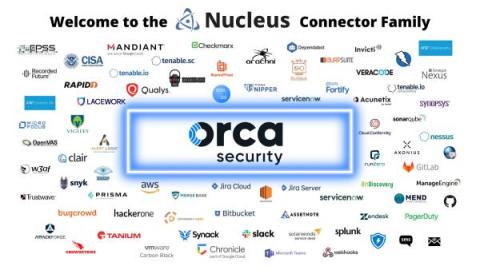Release Spotlight: Orca Connector
Imagine navigating the vast, unpredictable ocean, where every wave and current brings a new challenge. This turbulent navigation experience mirrors the journey of companies navigating the complex world of cloud environments, filled with hidden dangers such as security vulnerabilities, misconfigurations, and compliance violations. In these deep digital seas, where threats lurk unseen, it’s crucial to have vigilance, a sophisticated understanding, and a guiding tool to illuminate the path ahead.






